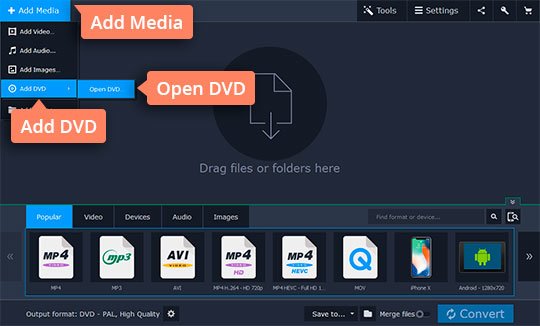At Command Tester Software
вторник 19 марта admin 32
AT Commands, GSM AT command set.  Written By: Nikhil Agnihotri. AT commands are used to control MODEMs. AT is the abbreviation for Attention. Test command. AT command tester is a free online software tool that is used to test AT commands and other functionalities of GSM modems. The friendly user interface allows developers to: 1.Configure and connect.
Written By: Nikhil Agnihotri. AT commands are used to control MODEMs. AT is the abbreviation for Attention. Test command. AT command tester is a free online software tool that is used to test AT commands and other functionalities of GSM modems. The friendly user interface allows developers to: 1.Configure and connect.
AI-Thinker has released new product A6 GSM/GPRS Breakout for M2M application. For more documentation, you can download it from With AT command tester, developers can test AT commands, data call, voice call, SMS, network selection, FTP, phonebook, TCP-UDP, HTTP etc of all SIMCOM and other GSM/GPRS Module.
AT command tester is a free online software tool that is used to test AT commands and other functionalities of GSM modems. The friendly user interface allows developers to: 1.Configure and connect to modem ports 2.Send single or batch of AT commands Perform modem diagnostics 3.Establish 3G or GPRS call 4.Collect and save modem logs For more info, you can read this tool documentation and download link at.
Previously we received one mail from an enthusiastic friend who developed a free online tool for testing EFCom and EFCom Pro. With this tool---, developers can test AT commands, data call, voice call, SMS, network selection, FTP, phonebook, TCP-UDP, HTTP etc of all SIMCOM. We really did appreciate it and would be more than happy to obtain similar feedback and support in the future. The detailed description about this tool is presented as below.
Is a free online software tool that is used to test AT commands and other functionalities of GSM modems. The friendly user interface allows developers to 1.Configure and connect to modem ports 2.Send single or batch of AT commands Perform modem diagnostics 3.Establish 3G or GPRS call 4.Collect and save modem logs Port Configuration uses Javabased serial drivers to interface to the modem. The ‘Find Ports’ button willautomatically find all ports available in the system. The user can connect the appropriate modem port with the desired port speed.
Command mode After connecting successfully to the modem, users can send single AT commands under ‘Command Mode’ tab. The drop down provides list provide list of AT commands with description and examples. The users can modify or enter their own AT command in the text box. Script Mode Users can send batch of AT commands under the ‘Script Mode’ tab. They can also save and load the script from the local machine. Users can develop their own scripts for specific set of tasks such as call setup, send SMS, HTTP access etc. Users can also include descriptive comments in their script.
Diagnostics Users can perform basic troubleshooting of the modem under the ‘Diagnostics’ tab.It sends the required AT commands and provides descriptive output about the state of the modem Data Call The ‘Data Call’ tab provides the interfaces to with the GSM network. ‘Get PDP Contexts’ button will list all the PDP context profiles stored on the SIM. Users can also add or update new PDP context profile. Users can then connect to the selected profile. Will first check whether the device is registered on the network. If so, it will attach and connect to the network with the selected PDP context credentials. The stored on the SIM can be edited/added/deleted through the ‘Phone Book tab of the AT Command Tester. The function is only implemented for the SIMCOM modules. Users can test HTTP Get and Post using the AT Command Tester. The FTP function is currently implemented only for SIMCOM modules. This allows users to test FTP Get and Put functions using the SIMCOM modules. SIMCOM modules have in- built TCP/UDP stack.
AT command tester provides interface to test TCP/UDP functions of SIMCOM modules.
